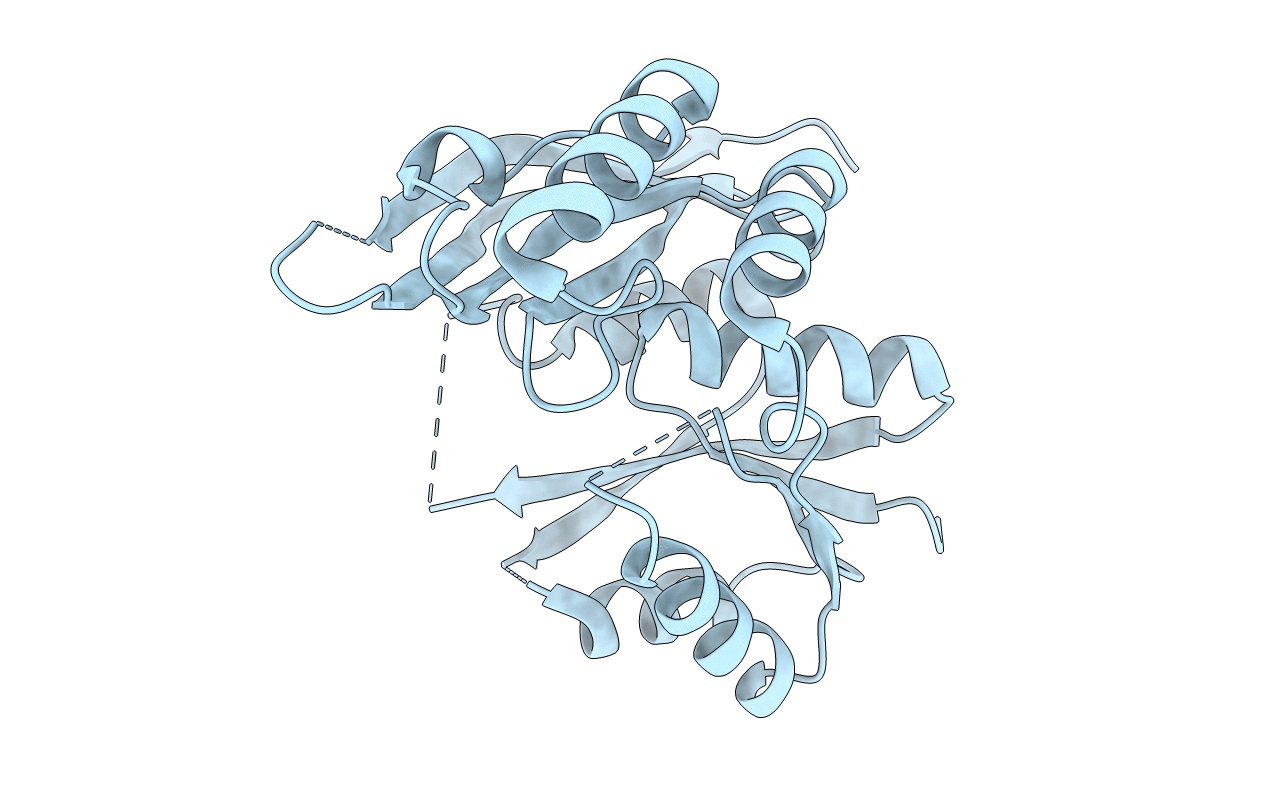
Deposition Date
2011-04-16
Release Date
2011-05-11
Last Version Date
2024-10-30
Entry Detail
PDB ID:
3RJZ
Keywords:
Title:
X-ray crystal structure of the putative n-type atp pyrophosphatase from pyrococcus furiosus, the northeast structural genomics target pfr23
Biological Source:
Source Organism:
Pyrococcus furiosus (Taxon ID: 186497)
Host Organism:
Method Details:
Experimental Method:
Resolution:
2.30 Å
R-Value Free:
0.27
R-Value Work:
0.23
R-Value Observed:
0.23
Space Group:
P 41 21 2


